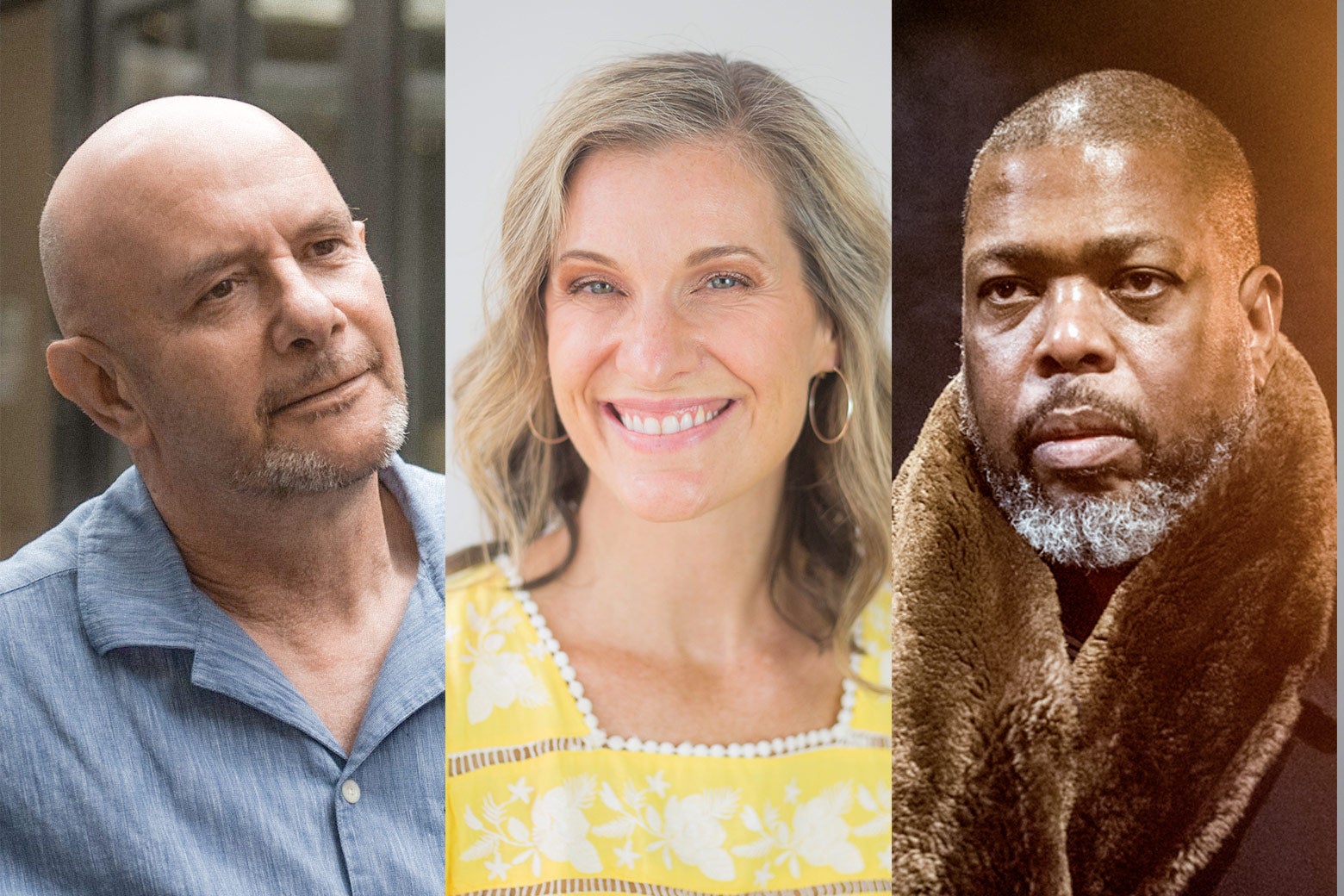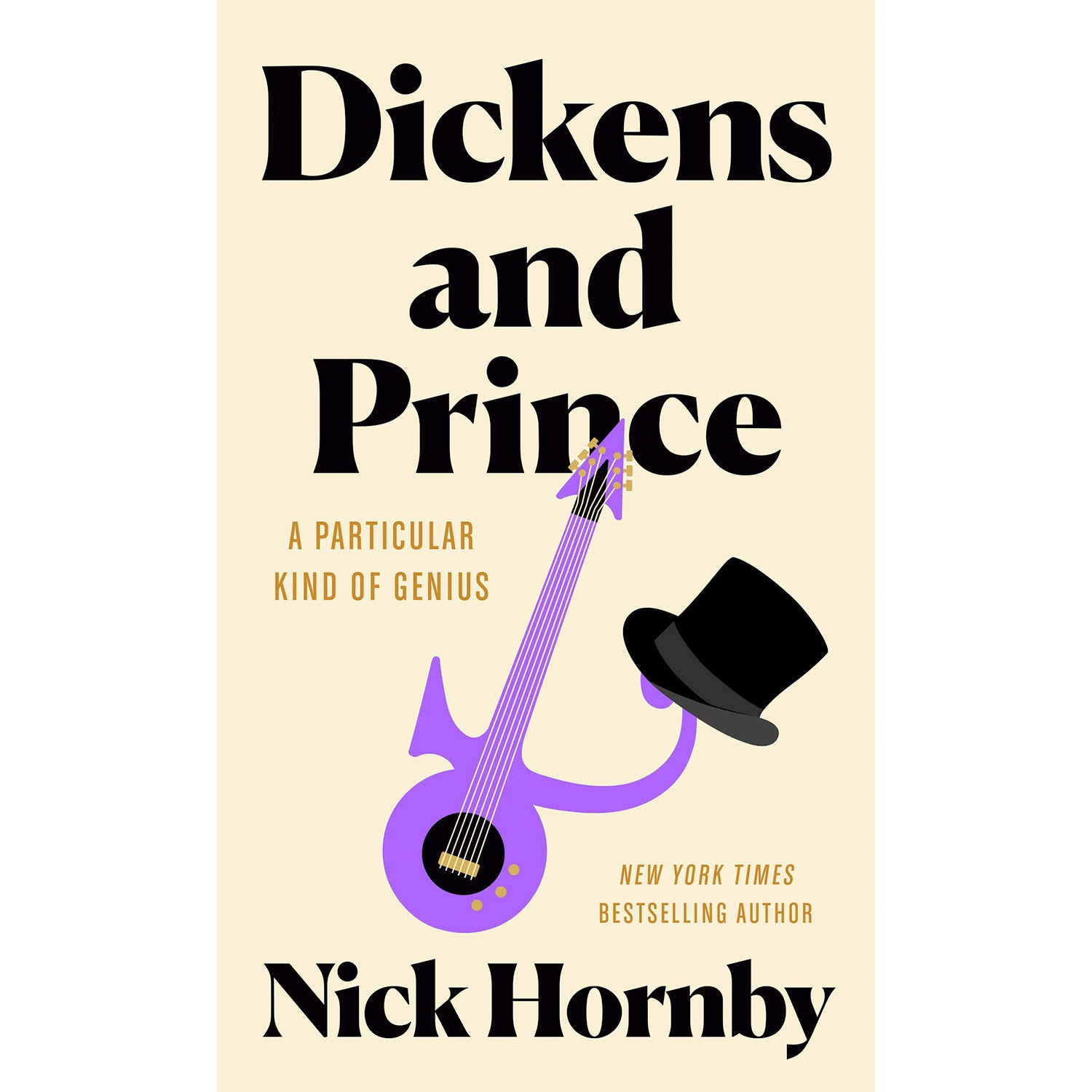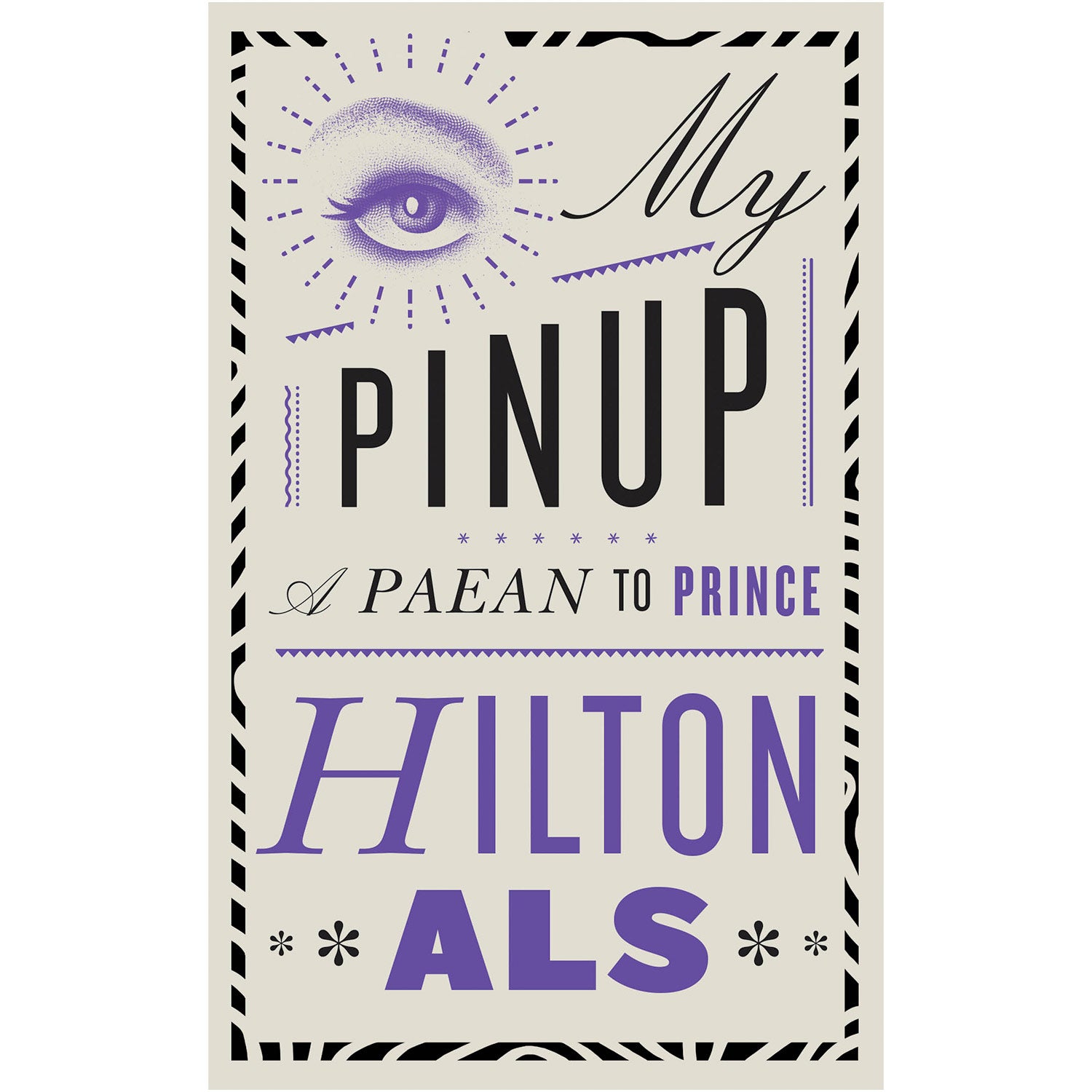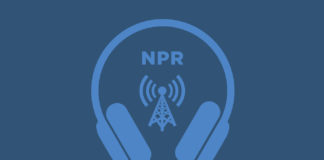Slate has relationships with various online retailers. If you buy something through our links, Slate may earn an affiliate commission. We update links when possible, but note that deals can expire and all prices are subject to change. All prices were up to date at the time of publication.
Who was Prince? The artist himself mostly didn’t want us to know, judging by what he said to the writer he hired to help him produce an autobiography. “ ‘Mystery’ is a word for a reason,” Prince told Dan Piepenbring, who ended up being credited as the editor of 2019’s The Beautiful Ones, a sort of scrapbook attached to a short text of reminiscences written by the artist. “It has a purpose.” The purpose of the famously reticent musician’s elusiveness is just another one of those mysteries.
Advertisement
Advertisement
Advertisement
Advertisement
After Prince’s accidental fentanyl overdose in 2016, his inscrutability has posthumously transformed him into a purple Rorschach blot for the late boomer/early Gen X cohort sometimes known as Generation Jones. These were people who came into their young adulthood in the mid-1980s, a time when prancing around in lingerie and a brocade bolero jacket with your hair teased up into an oversize pompadour was all the rage. Prince, one of the few people who could carry off this look, preached an orgiastic abandon in opposition to the staid “family values” of the Reagan-era establishment. Later he would become a Jehovah’s Witness and claim to be celibate. He was an imperious musical genius who wrote, arranged, composed, produced, and performed every single sound on his eponymous second studio album, but he also liked to form bands with utopian names like the Revolution and the New Power Generation. He embraced a racial and gender nondeterminism (“Am I Black or white? Am I straight or gay?”) but cared about and gave back deeply to the Black community. And according to Eddie Murphy’s brother, Charlie, he could rebound like Charles Barkley, even while wearing a blouse.
Advertisement
Advertisement
All this leaves any interpreter a lot to work with. What Nick Hornby—novelist, screenwriter, and critic—arrives at is the revelation that Prince and Charles Dickens have a lot in common. In his new book, Dickens and Prince, Hornby lays out this improbable theory, which is rooted less in any obvious similarity (there are none) and more in Hornby’s intuitive sense that both men are what he thinks of as “My People—the people I have thought about a lot, over the years, the artists who have shaped me, inspired me, made me think about my own work.” A bold, perhaps even presumptuous claim, but one Prince himself might have admired, if Hornby can make a persuasive case for his theory.
Advertisement
Advertisement
Advertisement
Once he digs deeper, Hornby is able to point out that both Prince and Dickens were, from an early age, preternaturally productive, compulsive creators. Prince “couldn’t stop writing, recording, playing,” leaving behind a vast vault of unreleased tapes. Dickens, Hornby notes, was the only novelist of his time to be repeatedly successful at publishing his books in serialized installments (which, contrary to popular belief, was far from universal among Victorian writers). This meant that he was often obliged to work on two novels at the same time, and “could keep two books alive in his head at once—two sets of characters (and of course the cast list in any Dickens novel is immense), two plots, two different tones.” Any novelist can tell you that this is an astonishing, even freakish feat.
Advertisement
Advertisement
Both men had hard-knock childhoods in which they sometimes felt unwanted, and these experiences marked them for life. Hornby believes that this made them acutely conscious of situations in which they were being ripped off. (Prince battled his record company and Dickens advocated for copyright protections, which were nearly nonexistent in his time.) Were they driven by a need to prove themselves to a cold world, or simply by the galvanic force of their talent? Either way, Hornby identifies with their lack of “perfectionism,” by which he means not the imperative to “make things objectively perfect,” but rather “the act of doing things over and over again until you’re sick of them.” The urge to get the work out there and move on to the next intriguing idea—for there’s always another one lined up—trumps such obsessive honing. Of course, this means that you crank out some less-than-stellar work—not all Prince songs are immortal, and even Dickens has his Barnaby Rudge—but with such an abundance to choose from, is that really so terrible, especially given the joyless claustrophobia of perfectionism?
Advertisement
Advertisement
Advertisement
Advertisement

Photo illustration by Slate. Photos by Parisa Taghizadeh, Molly Hayden, and Ali Smith.
In one of the most interesting chapters in Dickens and Prince, Hornby describes how both men dealt with the midlife lull that followed their youthful stardom. After the early acclaim he won with Oliver Twist, The Old Curiosity Shop, David Copperfield, and other novels, Dickens’ books continued to sell well but suffered from a diminished critical reputation after 1850. Pop music fans are even more fickle than literary critics, and you would never know, from the rhapsodies of adoration that followed Prince’s death, how much his stardom had dimmed from the peak of 1984’s Purple Rain. The hit singles were fewer and further between, and although the artist shrewdly realized that the real money lay in live performances (something else he shared with Dickens, who did extensive live reading tours), his legal battles bogged him down.
Advertisement
Advertisement
“People have their moment in the sun,” Hornby writes, “and then the sun moves on to somebody else.” He surely understands what this feels like, with his own best-known books—High Fidelity and About a Boy—having been published in the 1990s. (Nevertheless, 2020’s Just Like You still got reviewed by the New York Times.) “The truth is that nobody can stay hot forever,” Hornby observes, and so the trick is to always remember that the real prize is “a lifetime spent doing what you want to do.” This feels like the solid kernel of the book’s wisdom, and an insight that Hornby is grounded enough to have arrived at in earnest. But if Prince were grounded, he wouldn’t be Prince, and perhaps some of the oracular eccentricity of his late work and statements was in part a response to a world that had moved on from partying like it’s 1999.
Advertisement
Advertisement
It’s disconcerting, then, that Hornby writes, “What matters to me is that Prince and Dickens tell me, every day, Not good enough. Not quick enough. Not enough. More, more, more. Think quicker, be more ambitious, be more imaginative.” Both men died before reaching 60, and Prince’s overdose was likely the ultimate result of treatments for the pain he suffered from subjecting his body to the punishing dance moves (in high heels, no less!) of his live performances. “Were they happy?” Hornby asks of this strange pairing of subjects. “Probably not. Were they crazy? Probably.” So maybe not the best role models, but “this book is about work,” Hornby adds, “and nobody ever worked harder than these two, or at a higher standard, while connecting with so many people for so long.” Hornby isn’t a genius like his two subjects, but his charming, intelligent novels have a common sense both Prince and Dickens lacked, and no artist is well advised to abandon his strength.
Advertisement
Advertisement
Advertisement
The Prince that New Yorker staff writer Hilton Als celebrates in My Pinup, a long essay about the artist, bears no resemblance to the fanatical workhorse Hornby admires. An often cryptically personal text, My Pinup occasionally addresses the late artist directly, and Als is entitled to this. He met Prince, apparently to research a profile that was never written, and Prince was taken enough by Als to suggest the writer move to Paisley Park so the two men could collaborate on a book together. Als wisely demurred, realizing that “if I went to Minneapolis I would never come back.” It’s hard to imagine two such headstrong sensibilities finding a middle ground.
By Hilton Als. New Directions.











